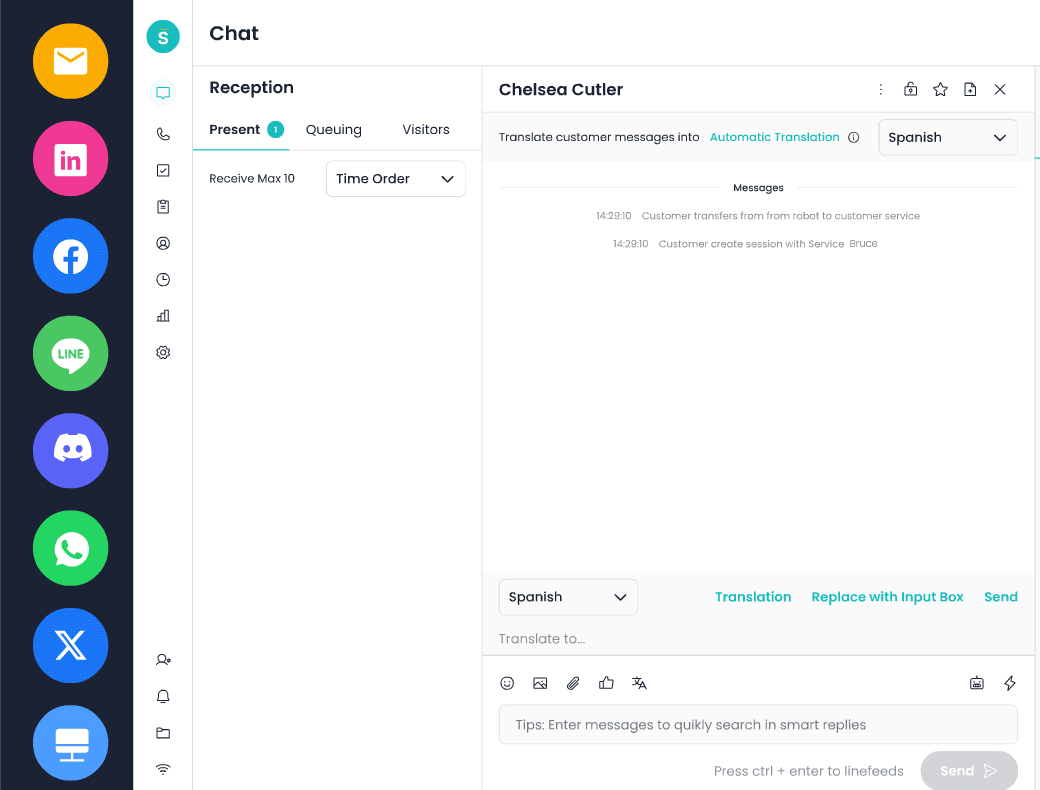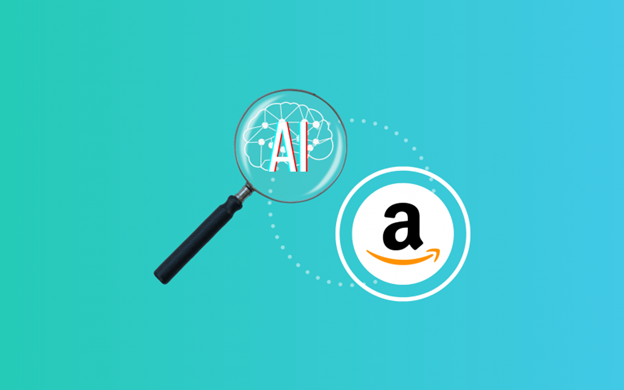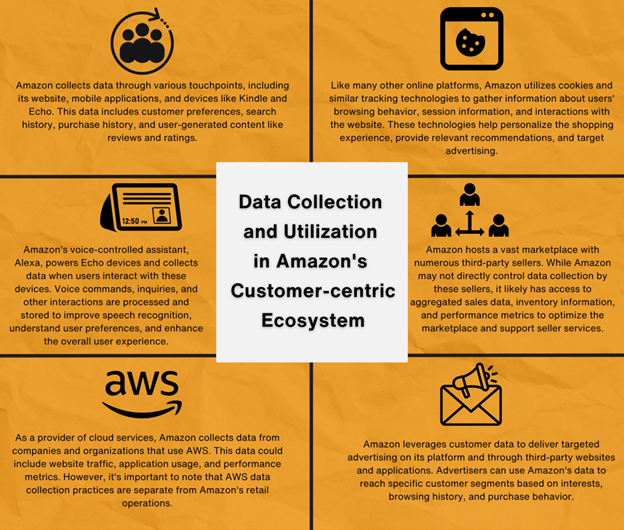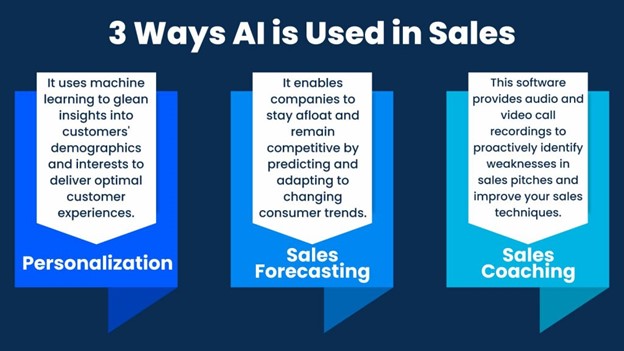Introduction
Amazon, a global e-commerce giant, is renowned not only for its vast product range but also for its exceptional customer service. Central to maintaining this reputation are its customer contact centers, which manage millions of customer inquiries daily.
This article explores how the integration of Artificial Intelligence (AI) has revolutionized Amazon’s customer service operations, significantly enhancing customer satisfaction and boosting sales. Additionally, we will highlight how companies like Sobot can provide similar transformative AI-driven solutions.
Evolution of Amazon’s Customer Contact Center
Early Challenges
Amazon’s early customer contact centers faced numerous challenges, including high inquiry volumes, inconsistent service quality, and long response times. Customers often experienced frustration due to delays and repetitive interactions with service agents, leading to dissatisfaction and potential loss of business.
(1. High Inquiry Volumes
The sheer volume of customer inquiries was overwhelming. As Amazon’s customer base grew, the number of queries regarding orders, product information, returns, and refunds skyrocketed. This surge in demand strained the existing infrastructure and workforce.
(2. Inconsistent Service
Service quality varied significantly depending on the agent and the complexity of the issue. Training new employees to handle diverse customer inquiries was time-consuming, and inconsistencies in responses were common.
(3. Long Response Times
Lengthy wait times for customer support frustrated users. Delayed responses often resulted in multiple follow-up inquiries, compounding the workload and creating a cycle of inefficiency.
Need for AI
As customer expectations grew and the demand for swift, accurate responses increased, Amazon recognized the need for a scalable solution. AI emerged as the answer, offering the potential to automate routine tasks, provide 24/7 support, and deliver consistent service quality. The integration of AI was driven by the necessity to meet rising customer expectations and ensure operational efficiency.
AI-Powered Transformations
AI has fundamentally reshaped Amazon’s customer contact centers, introducing a suite of tools and technologies designed to enhance efficiency and improve customer satisfaction. Companies like Sobot can offer similar AI-powered solutions to businesses looking to revolutionize their customer service.
Conversational AI and Chatbots
Conversational AI, particularly chatbots, has revolutionized customer service by handling common inquiries and providing real-time support. Using Natural Language Processing (NLP), these chatbots can understand and respond to customer queries in a human-like manner.
(1. Handling Common Inquiries
Chatbots manage a wide array of routine questions, such as order status, return policies, and product information. This automation frees up human agents to focus on more complex issues.
(2. Real-Time Support
With AI-driven chatbots available 24/7, customers receive instant assistance, significantly reducing wait times and improving the overall customer experience. Sobot’s AI chatbots can provide similar benefits, ensuring round-the-clock customer support.
Enhanced Knowledge Management
AI has enhanced knowledge management within Amazon’s contact centers, enabling quick and accurate information retrieval.
(1. AI-Enabled Systems
By accessing a comprehensive database of information, AI-powered tools can provide customers with immediate and accurate responses, enhancing service quality. Sobot’s AI knowledge management systems can offer the same high level of accuracy and efficiency.
(2. Quick, Accurate Information
By accessing a comprehensive database of information, AI-powered tools can provide customers with immediate and accurate responses, enhancing service quality.
Predictive Analytics and Personalization
Predictive analytics and personalization are key components of AI’s impact on customer service, allowing Amazon to anticipate customer needs and tailor interactions accordingly.
(1. Anticipating Customer Needs
AI analyzes customer behavior and preferences to predict future needs. This capability enables Amazon to offer proactive solutions and recommendations, enhancing the customer experience.
(2. Personalized Interactions
Personalization is a critical factor in customer satisfaction. AI-driven systems can customize interactions based on individual preferences, providing a more engaging and relevant service. Amazon’s recommendation engine, driven by machine learning, accounts for 35% of its total sales. This system personalizes the shopping experience by suggesting relevant products to customers (Evdelo).
Impact on Customer Experience and Efficiency
Reduced Response Times
The integration of AI has significantly reduced response and resolution times. According to Amazon’s internal data, the average response time has decreased by 50%, while resolution times have improved by 40%. This has led to higher customer satisfaction rates and positive feedback.
A case study involving the holiday shopping season demonstrated the effectiveness of AI. During this period, customer inquiries typically spike, overwhelming human agents. However, with AI-powered chatbots handling routine queries, response times remained consistent, and customers received timely assistance.
Increased First-Contact Resolution
First-contact resolution rates have also seen a substantial improvement. AI systems are capable of addressing a wide range of issues without the need for escalation. This means that customers are more likely to have their problems resolved during the initial interaction, reducing the need for follow-ups.
An example of this is Amazon’s AI system identifying a common issue with a particular product. By quickly providing troubleshooting steps or initiating a return process, the system resolves the customer’s issue without further delay. AI implementation in customer service has led to a 15% reduction in support costs due to better first-contact resolution rates and operational efficiency (HubSpot Blog).
24/7 Support Availability
AI-powered solutions have enabled Amazon to offer 24/7 customer support. This continuous availability is crucial in today’s global market, where customers expect immediate assistance regardless of time zones. The round-the-clock support has significantly enhanced customer retention and loyalty.
For instance, international customers can receive support during their local business hours, ensuring that time differences do not hinder their shopping experience.
Boosting Sales Through Improved Service
Enhanced Customer Loyalty
Improved customer service directly correlates with increased customer loyalty. Satisfied customers are more likely to return for future purchases and participate in loyalty programs. Amazon’s Prime membership program is a testament to this, offering exclusive benefits that encourage repeat business. Implementing AI has led to a 25% increase in customer satisfaction due to faster response times and more accurate resolutions (Salesforce).
Data shows that Prime members, who receive enhanced customer support, have a 70% higher retention rate compared to non-members. This loyalty translates into increased sales and revenue.
Upselling and Cross-Selling
AI-driven product recommendations have significantly impacted upselling and cross-selling efforts. By analyzing customer preferences and purchase history, AI systems suggest relevant products, increasing the likelihood of additional purchases.
For example, when a customer purchases a smartphone, the system may recommend compatible accessories such as cases and chargers. These personalized suggestions enhance the shopping experience and drive sales. Personalized product recommendations have been highly effective for the e-commerce giant, with some reports suggesting that these recommendations account for 35% of Amazon’s purchases.
Streamlined Purchase Processes
AI has streamlined the purchase process, making it more efficient and user-friendly. From personalized product recommendations to simplified checkout procedures, AI ensures a seamless shopping journey.
A case study involving the integration of AI in the checkout process revealed a 25% reduction in cart abandonment rates. Customers appreciated the smooth, hassle-free experience, leading to higher conversion rates.
Overcoming AI Implementation Challenges
Privacy and Trust
The implementation of AI in customer contact centers comes with challenges, particularly regarding privacy and trust. Amazon has addressed these concerns by implementing robust data security measures and ensuring transparent communication with customers.
For instance, Amazon’s privacy policy clearly outlines how customer data is used and protected. Additionally, the company regularly updates its security protocols to safeguard against potential threats.
Adapting to Technological Changes
Staying ahead of technological trends is essential for maximizing the benefits of AI. Amazon continuously updates its AI systems to incorporate the latest advancements and ensure optimal performance.
For example, regular updates to NLP algorithms improve the accuracy and efficiency of chatbots, ensuring they remain effective in handling customer inquiries.
Ensuring Employee Engagement with AI
Supporting Agents
AI is not a replacement for human agents but a supportive tool that enhances their capabilities. Amazon has implemented comprehensive training programs to help agents effectively utilize AI systems.
Training focuses on leveraging AI for routine tasks, allowing agents to concentrate on more complex and nuanced customer interactions. This not only improves efficiency but also job satisfaction among agents. Sobot’s AI solutions can similarly support agents, providing tools and training to enhance their effectiveness.
Addressing Employee Concerns
The introduction of AI has raised concerns about job displacement. Amazon has addressed these fears by emphasizing the creation of new opportunities and roles within the organization.
For instance, the integration of AI has led to the development of specialized roles such as AI trainers and data analysts, providing career growth opportunities for existing employees.
Key Takeaways and Insights
Balancing Human Touch with AI
While AI offers numerous benefits, maintaining a balance between automated systems and human touch is crucial. Personal connections remain essential for resolving complex issues and building lasting relationships with customers.
Amazon ensures that human agents are available to handle sensitive and complicated inquiries, providing the empathy and understanding that AI cannot replicate.
Continuous Improvement
The journey of AI implementation is ongoing. Amazon is committed to continuously improving its AI systems through iterative development and fostering innovation.
For example, regular feedback from customers and agents is used to refine AI algorithms, ensuring they remain effective and relevant.
Conclusion
The integration of AI has profoundly transformed Amazon’s customer contact centers, with solutions like Sobot enhancing efficiency, reducing response times, and ultimately improving overall customer satisfaction. These advancements, powered by Sobot’s technology, have not only boosted sales but also set a new standard for customer service in the retail industry. As AI continues to evolve, its collaboration with platforms like Sobot promises even greater potentials for transforming customer service and sales strategies, paving the way for future innovations in the field.
(Cover image from Mike Mareen / Shutterstock.com)
(The information in the article is collected from public channels. If the data or pictures are infringing or inaccurate, please contact us to delete or modify it.)









